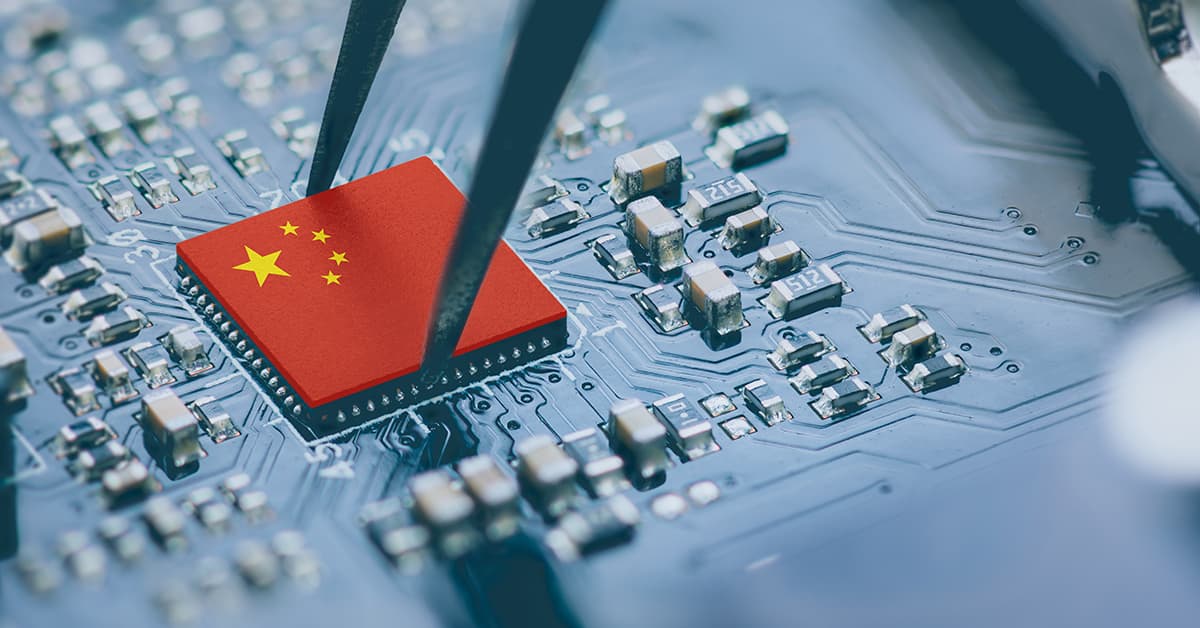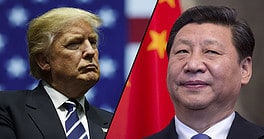Scores of semiconductor companies are going out of business in China despite the government's drive to boost the sector.

China has poured billions into advancing its semiconductor industry. The “Made in China 2025” initiative, promulgated in 2015, established the strategic goal of achieving a self-sufficiency rate of 40% “of core basic components and key basic materials” by 2020 and 70% by 2025.
By IC Insights’ estimates, however, the portion of domestically sourced microchips used in China has since risen from 10% to only about 16% over the five years up to 2020. Now, further underscoring the setback in Beijing’s semiconductor ambitions, scores of companies are going out of business.
As many as 3,470 firms active in the semiconductor sector deregistered between January and August, reported the South China Morning Post in September, edging past the 3,420 closures in 2021 and well ahead of the 1,397 in 2020. These failures may represent the culling of a herd that had grown too large: 23,100 new chip-related firms had opened in 2020 and another 47,400 in 2021.
The sector is particularly vulnerable to geopolitical tensions. “The chip industry has faced more general pressure over the past few months, given the slowdown of the Chinese economy, the zero-Covid policy and, to a lesser extent, some of the intensifying US restrictions on tech transfer to China,” says Chris Miller, professor of international history at Tufts University and author of Chip War: The Fight for the World’s Most Critical Technology, due to be released this month. As a result, Miller adds, the initial enthusiasm among Chinese investors regarding chips faded quickly after the equities disappointed, some fraud emerged, and even prominent government-backed investment vehicles faced difficulties or fell into bankruptcy.
Beijing will no doubt forge ahead with plans for self-reliance. While mainland China remains the largest global producer of semiconductors, with a market share of 24%, according to the Semiconductor Industry Association, integrated circuits are not all created equal. More than 90% of the world’s most high-tech chips still come from Taiwan. Used in cars, smartphones, medical devices, artificial intelligence applications and weapons systems, even the world’s second-richest economy has not yet been able to replicate Taiwan’s uniquely advanced processing technology.



